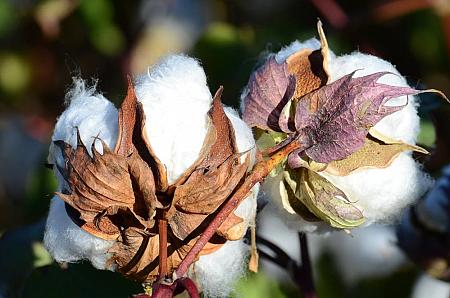Baby Alpaca, Alpaca and Organic Pima Cotton

The Alpaca
They are raised on the mountains, savannas and pastures of the Andean altiplano in Peru at heights between 3500 and 5000 meters. The Alpaca has developed a unique coat whose cell structure is similar to human hair.
Unlike wool and cashmere, Alpaca hair is hollow which allows the air trapped inside to expand and contract with temperature variations, they can withstand variations ranging from 30ºC during the day to -20 °C at night. Moreover, it is estimated that more than 4 million Alpacas live in South America and 90% come from the southern Peru.
There are two types of alpacas, the alpaca Suri, which has a very long, mop-like coat; and the alpaca huacaya, whose coat is shorter and curly, like that of a sheep.
The most valuable alpaca fiber is Baby alpaca, which is softer and finer than adult fiber. In fact, Baby Alpaca is not the fiber from a baby animal; rather, it is the first shear on a young animal, 3 years old.
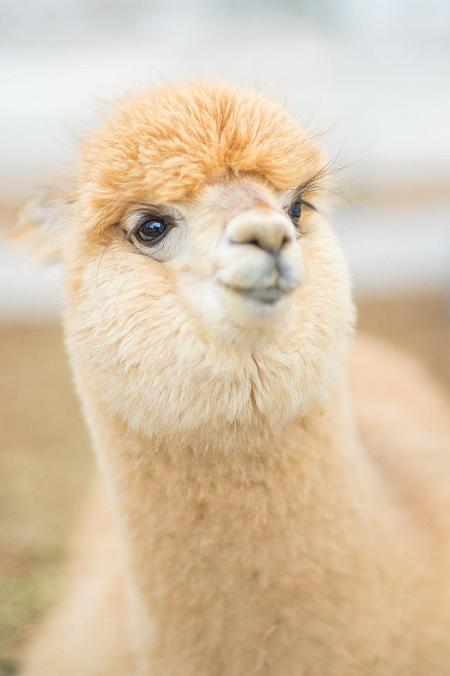
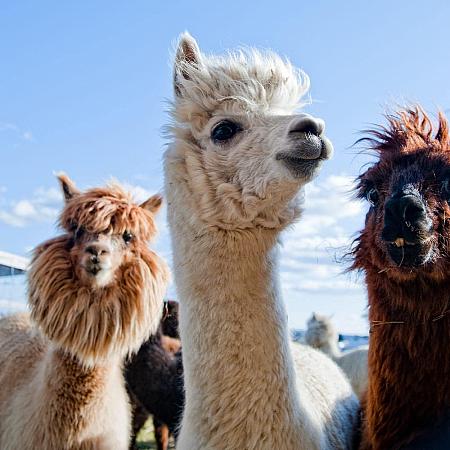
This precious fibre is used by top designers worldwide. Alpaca is a soft, silky and durable fibre with unique thermal properties due to microscopic air bubbles found inside the hair. These bubbles allow the user to “breathe” through the fibres on hot days and in much the same way, to retain body heat in cold climates. It is also elastic and not inflammable.
As with most fibres, it is graded on its micron count (or fineness) before being spun into yarn, being its grade 20 – 22.9 microns.
The silky alpaca fibre is hypoallergenic, resists solar radiation and is usually very long-life material being a key for environmental care.
Alpaca fibre is produced in around de 24 natural shades, which makes it an attractive option for designers around the world.
Shearing of alpaca is done once every year or two, depending upon the health of the animals, the quality of the fleece, and the intended purpose of the fiber. This allows the animals time throughout the warmer months to re-grow their coats in order to be prepared for the oncoming winter.
More about Alpaca and Baby Alpaca, here
Alpaca Fiber Production Process
*Images taken from Michell company.
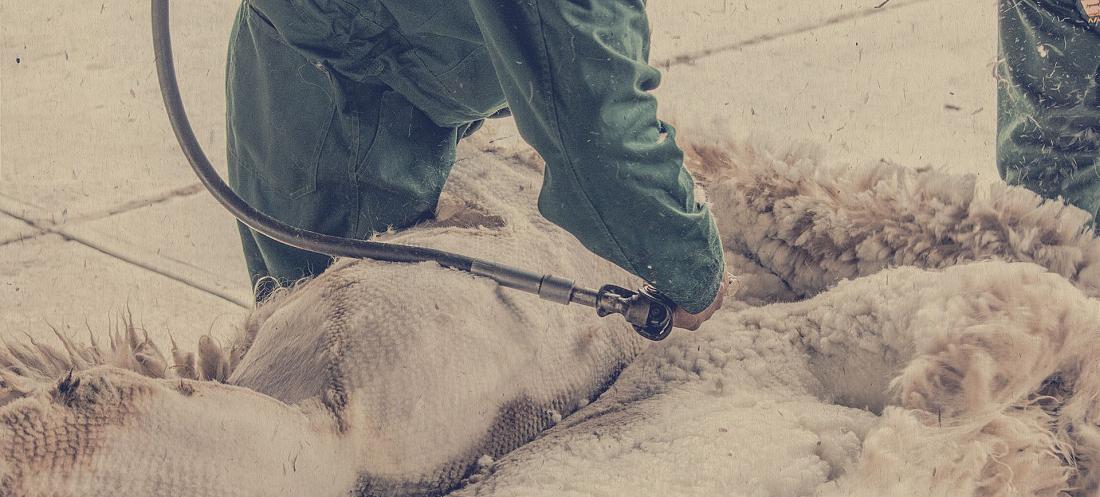
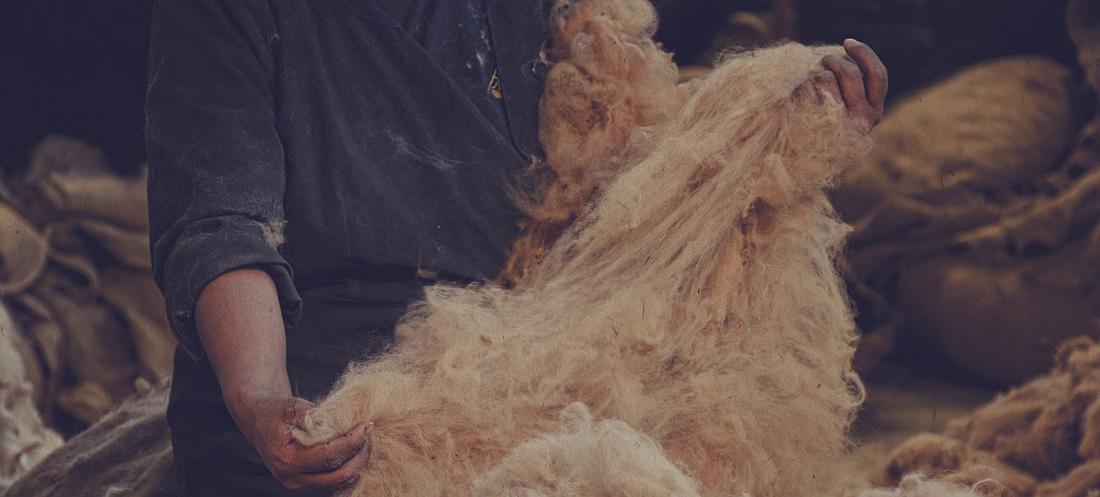
The shearing and scouting season is once a year from November to February.
A process made by hand only by experienced people.
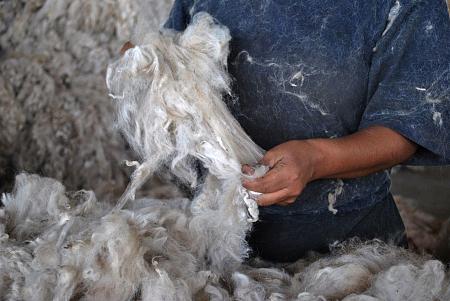
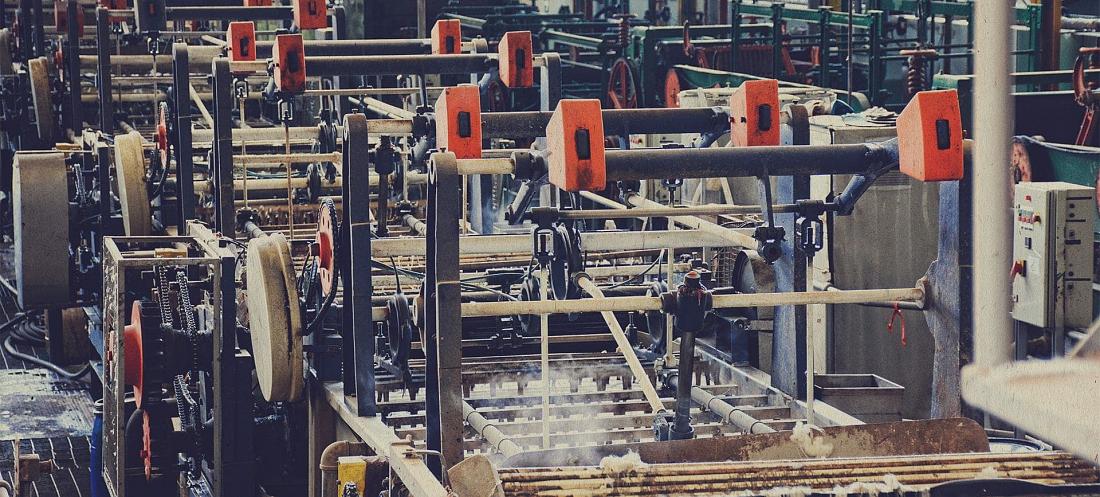
Fiber washing process.
The water that is used is usually recycled for several washes.
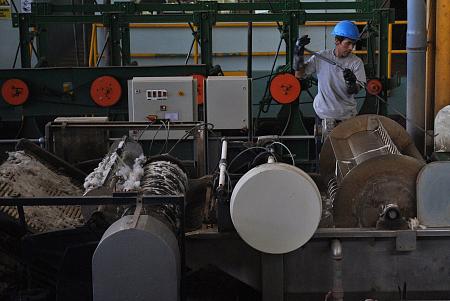

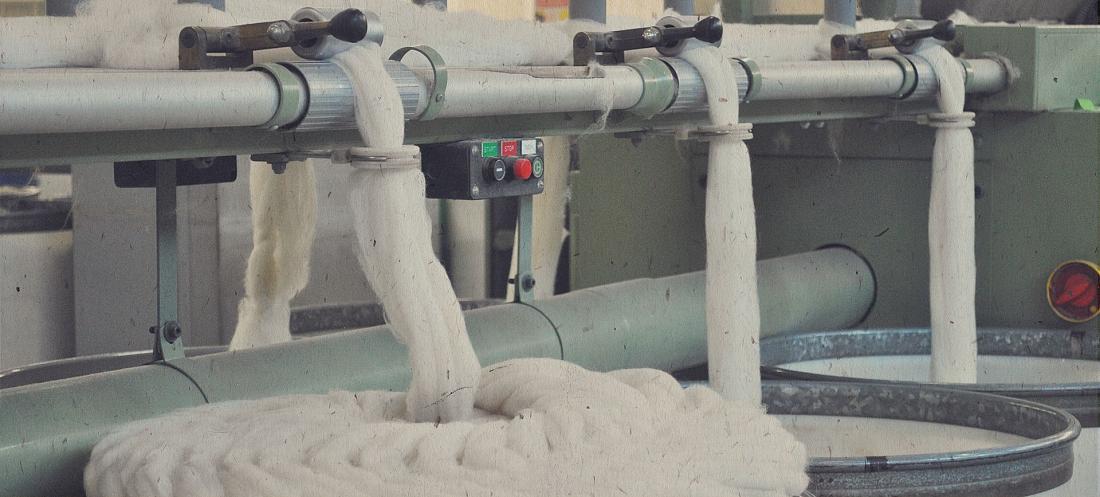

The dyeing process carried out by our Alpaca suppliers uses chemical dyes. Although they are chemical in their entirety, they comply with the international standards of care for the environment. They are free of azo and they comply with REACH and OEKOTEX standards.
The dyeing suppliers are HUNTSMAN, DYE STAR, CLARIANT.



Pima Cotton
One of the most valued fibres worldwide is the Pima Cotton, a variety that is grown along the northern coastal valleys of Peru where the ideal temperature and perfect atmospheric conditions produce a cotton of exceptional lustre and softness.

The long staple length of Pima Cotton (approximately 3.5 centimetres nearly twice as long as ordinary cotton) results in a fabric which is highly durable (up to 50% more resistant than other standard varieties of cotton), exceptionally soft and smooth and resistant to pilling.
These properties give the garments characteristics of durability and flexibility making it a perfect fabric to be worn next to the skin even for those with sensitive skin because it is hypoallergenic and processed without using of harmful chemicals.
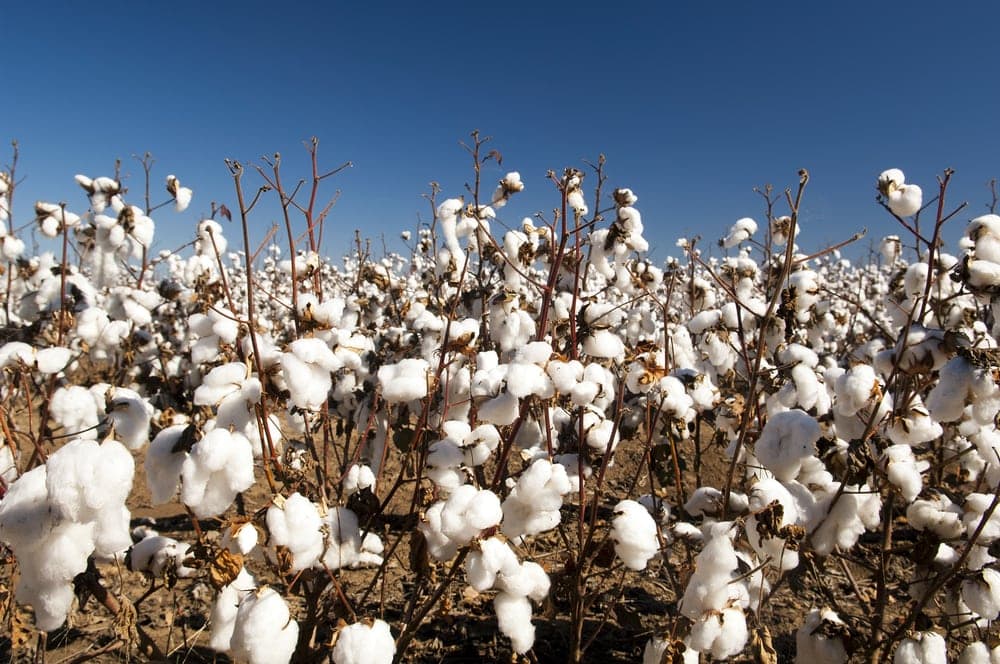
Important brands such as Armani Exchange, Polo Ralph Lauren, Tommy Hilfiger, Guess, and Lacoste prefer to work with Peruvian Pima Cotton as it allows a very fine and even spinning. Due to its attributes, clothes that are light as well as highly durable and resistant to washing can be produced. Also, since it’s white, it’s easy to dye and obtain garments with a great diversity of shades.
Even Peru produces four other varieties of cotton: Supima , Tangüis , Del Cerro and Áspero Pima.
